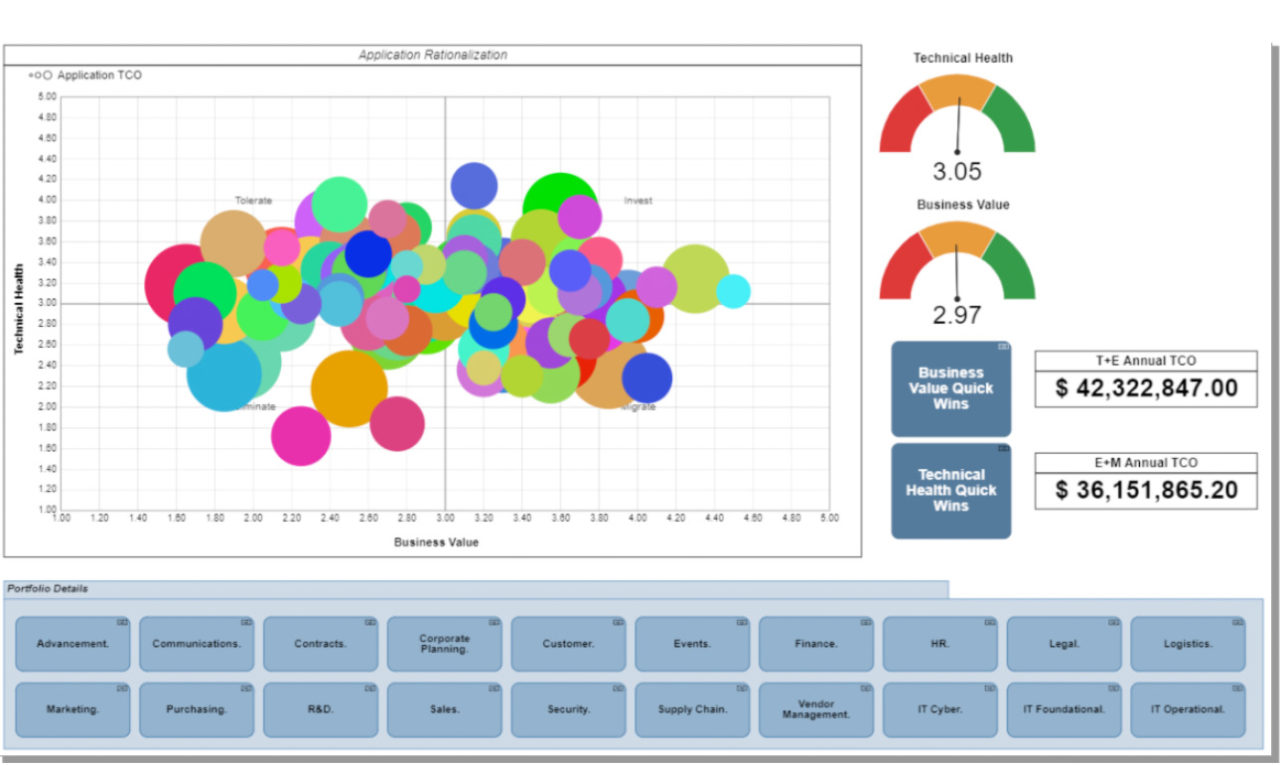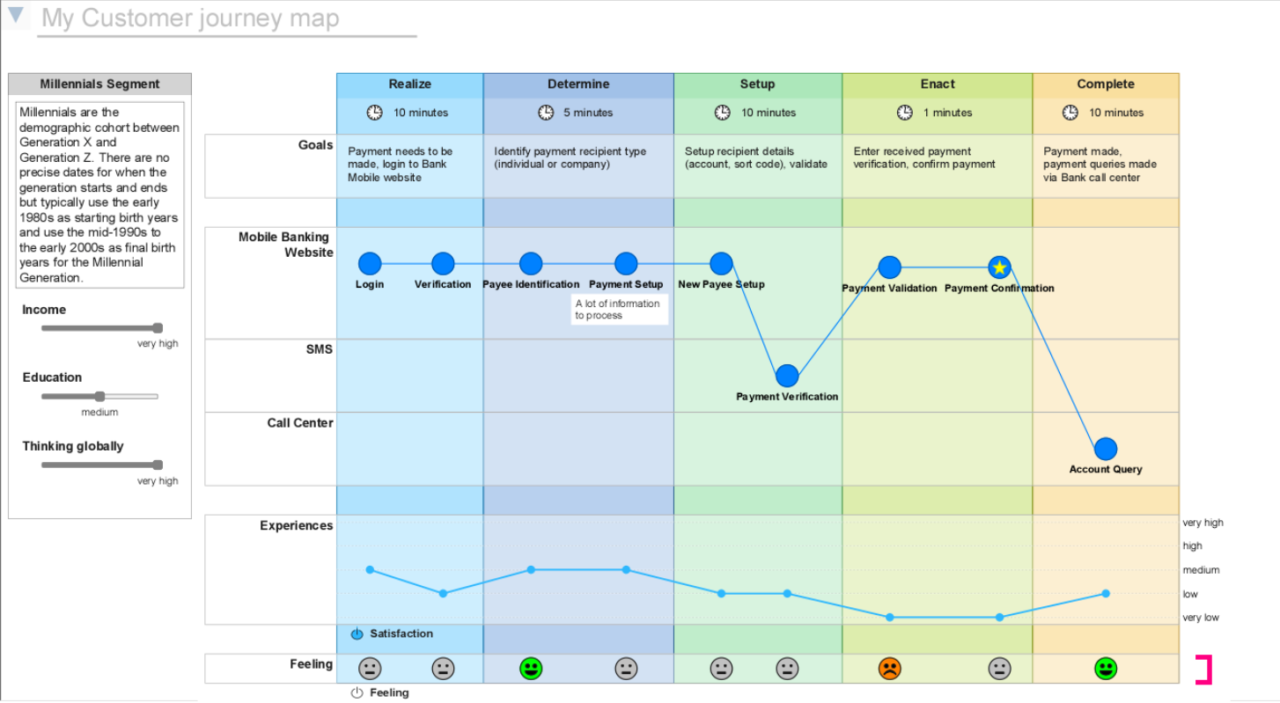The Payment Directive Services (PSD2) regulation in Europe aims to foster innovation and competition among financial institutions across the industry by mandating that banks create APIs for digital banking transactions that can be used by value-added innovative service providers. Additionally, PSD2 aims to prevent customer lock-in by standardizing account switching capabilities, and to streamline payment processing.
The rise of novel technologies such as mobile, big data, and advanced real-time analytics have enabled enterprises to create new, personalized offerings for their customers and prospects. Customers now expect drastically better customer experiences, enabling them to quickly complete their desired tasks effortlessly across multiple devices using intuitive user interfaces. Increasingly, customers expect value-added services tailored around their specific needs, based on data and advanced analytics, that proactively offer up useful insights and recommendations.
The prospect of such services in the financial services industry has already given rise to a new generation of enterprises in the form of FinTechs and InsurTechs that leverage these open APIs and standards while focusing on customer-centric innovation for new financial products and services. There are already numerous examples of digital-first, mobile-first startup challenger banks, forex and payments services, segment-specific insurers that offer radically differentiated services using new technologies.
It offers both opportunities and threats to existing financial institutions. On the one hand, open banking offers an opportunity to accelerate digital-first initiatives to improve customer experiences and deepen customer relationships. On the other hand, it raises the threat of fintechs emerging to ‘own’ the customer relationship, based on superior customer experience and value-added propositions, relegating existing banks to a “lowest common denominator” account servicing function – at arm’s length from the end customer – providing commoditized services with an inevitable race to the bottom on price.
In retail banking, 70%[1] of the value is captured by the customer-relationship and distribution channel, and just 30%[1] by the product manufacturer. Fintechs are eating away the value chain of banks by starting to occupy the customer-relationship and distribution channel with their highly customer-centric service offerings. It allows them to have lower customer acquisition costs versus incumbent banks – a customer acquisition through online means costs around $8-10[2] per engagement in contrast to a $60-70[2] one through offline means. Incumbents with legacy IT are struggling to provide comparable offerings and meet the rising expectations of the customer since it is laborious and expensive to build new products and services on legacy IT or integrate this infrastructure with the novel technologies. Bricks and mortar retail banks also suffer from relatively higher operations costs. The branch rents and the associated infrastructure costs make as much as half of a bank’s costs providing a significant cost advantage to the digital entrants who share no such cost burdens. These factors create an enormous differential in the ability of a bank to generate returns when compared to new entrants, a determinant of the survivability of the banks in the long run.
PSD2, with its emphasis on transparency, security and access, offers banks an opportunity to accelerate their digitization and IT modernization efforts. Banks can utilize their vast resources and the enormous amount of available data to compete as technology innovators, wielding powerful analytical tools to extract valuable insights. These insights are useful for expanding the service portfolio, gaining more customers, generating additional revenue, and improving internal efficiency.
As open banking is API-centric, banks have an opportunity to redesign their products and services for enhanced customer experience, improving processes, and accelerating time to market, in order to manage the risk of being relegated to “lowest common denominator” account servicing roles. At the same time, banks can increase their reach via fintech challengers by offering innovative API services that drive adoption in the fintech ecosystem. And of course, adoption in the fintech ecosystem provides incumbent banks with sources of innovation via acquisition to foster long-term growth and profitability.
However, all this requires sizable and well-targeted investments to introduce new processes, optimize existing processes, improve technology infrastructure, and focus on continuous innovation. In an environment where banks already spend a significant percentage (7.16%)[4] of their revenue on IT, the highest of any industry segment, it is critical that these investments are correctly directed and effectively executed.
Therefore, banking CIOs and Chief Digital Officers need better ways to optimize their innovation and technology investments and convey the value proposition to key stakeholders. Below are the three key questions that these leaders face on their open banking journey.
In an environment of reduced profitability and escalating new business demands, the pressures to keep IT costs down are intensifying. CIOs need to control costs through productivity improvements and use those gains for further investments in the technologies, processes, and business models required to build open banking infrastructure. CIOs can help banks achieve productivity gains, improve customer experience, and accelerate time to market with the support of enterprise architecture in the following ways:
1. Boost IT structural productivity to create capacity for technology investments
A significant part of a bank’s IT budget (65%)[3] remains locked in operational activities, essential for keeping the lights on. It leaves banks with a limited budget (23%)[3] for IT modernization and revenue-producing activities such as lending and cash management. Only the remaining 12%[3] of the budget is made available for new products, processes, and business transformations.
An enterprise architectural approach towards optimization and modernization of the IT landscape can help banks reduce IT costs significantly. Use cases such as application rationalization can reduce applications by 30%-40%[5] and the cost of ownership of applications by 15%-20%[5]. Continuous application portfolio management ensures that IT functions have a structurally lower cost base, improved customer-oriented capabilities, and high speed and quality of service delivery.
Enterprise architecture enables banks to visualize their application portfolio in terms of cost, risk, business value, technical value, business alignment. The comprehensive insight into the enterprise application landscape empowers banks to make better decisions faster. Enterprise architecture also enables banks to plan and communicate application roadmaps, consider dependencies and the impact of change, and identify the benefits provided by more effective planning and investment in digital transformation.

2. Enhance customer experience and improve processes
Customers expect to interact with banks quickly, easily, and anytime, making it imperative for banks to put customer experience at the heart of digital transformation initiatives. A customer’s banking experience includes journeys that range from onboarding and transacting to maintenance and issue resolution. A customer’s needs, motivations, and actions should be considered at each stage of the customer journey, particularly for key “moments of truth” that may affect customer loyalty in dramatic and long-term ways, for example in the event of a death in the family.
To enhance the experience, banks should consider all the supporting architectural dimensions required to reliably deliver superior customer journeys, including processes, services, data, and technology. The reusable, simple core services for multiple channels and convenient interfaces will appeal to the customer. All these actions require careful orchestration of architectural changes and foundational architectural elements. That is where enterprise architecture is crucial. EA tools help in modeling the customer experience using customer journey maps. These maps are comprised of touchpoints between the organization and the customer. By connecting these touchpoints to business process models and IT systems, the experience is optimally orchestrated and transformed to deliver targeted outcomes for the customers – and results for the bank.

3. Accelerate Time-to-Market with IT modernization
As mentioned earlier as well, banking IT has a large amount of monolithic, mainframe-based legacy technologies that first appeared in the ’70s. Since it is difficult and costly to integrate these technologies with the latest technologies; product innovation, operational efficiency, and speed-to-market are hindered. Therefore, banks need to either replace their core platforms or modernize them urgently because of the growing technology obsolescence and the regulatory imperatives of PSD2 and GDPR. However, system modernization is not an easy process. It can be risky as core systems are tightly coupled and there is limited visibility into dependencies among the systems, processes, and data flows comprising it. If anything goes wrong, already running operations can be potentially endangered. This risk of failure is precisely what has kept the change agents at bay in the past.
Therefore, banks need to catalog their IT systems in a way that allows for greater IT visibility and architectural flexibility. For example, in the case of implementation of PSD2, banks should identify specific data assets where an external provider can add value. It should also identify processes or value chain components such as fraud prevention, pricing, coverage, and marketing that can be streamlined or improved. Modern, data-driven enterprise architecture can help the modernization activities in the following ways:
Banks can identify and prioritize the capabilities and processes that can benefit most from the efforts and are less risk-prone, as well as minimize any strategic non-reusable investment on the current IT systems.
As business functions demand more agility, more modular approaches to architecture such as API-based microservices architecture can be used. This modularity of system and service components provides flexibility and supports faster responses to market conditions.
The leading-edge technologies coupled with open banking regulations (PSD2) are giving rise to a new set of enterprises that threaten to capture ownership of the customer relationship from incumbent banking institutions and relegate them to the “lowest common denominator” of providing commodity account servicing functions, thereby diminishing their profitability. However, these developments also open up new opportunities for incumbent banks and drive them towards IT modernization, product and service innovation, and extending their reach through the challenger fintech ecosystem.
CIOs can leverage enterprise architecture to build a flexible, lean, efficient, and responsive IT architecture. This IT architecture would be centered around customer journeys and directly supporting CX objectives and improving the overall agility and productivity of the IT. With its ability to orient banks towards revenue generation activities and reducing IT costs, enterprise architecture becomes an essential instrument of competitive differentiation in modern banking.